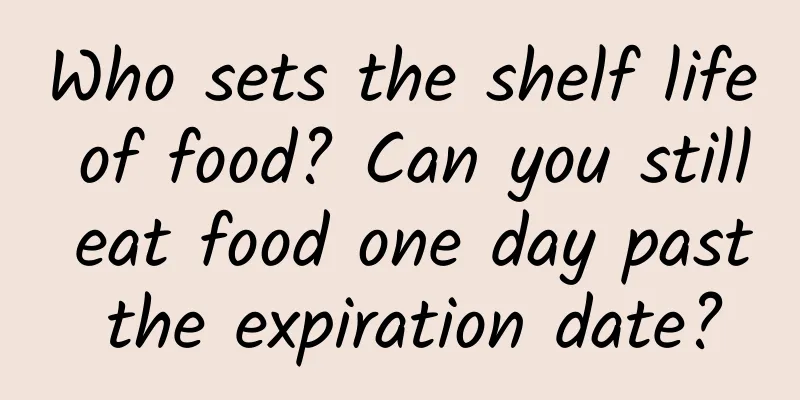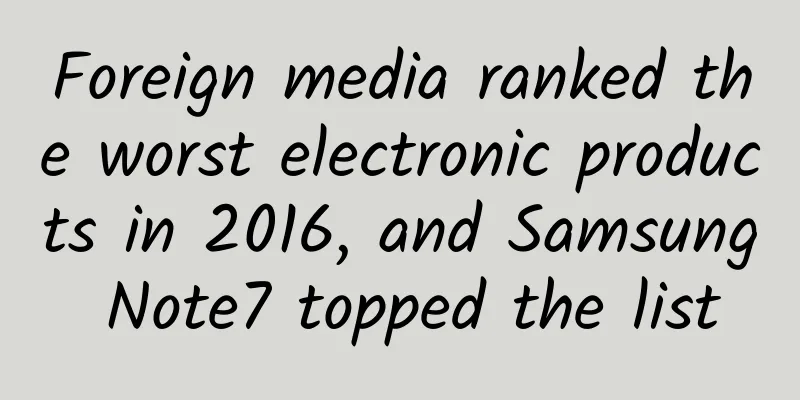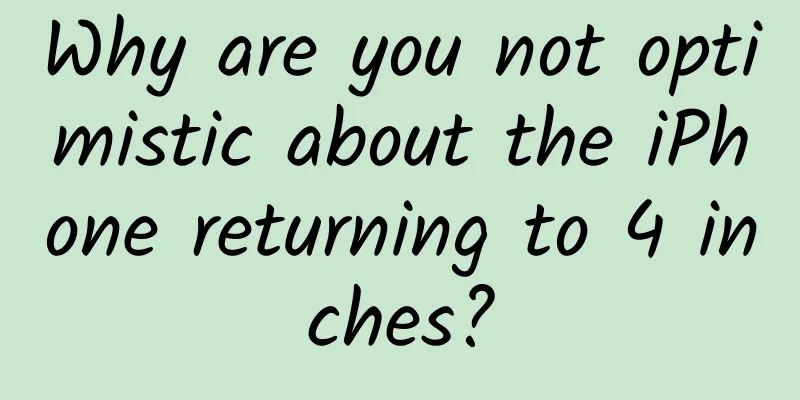Who sets the shelf life of food? Can you still eat food one day past the expiration date?

|
Everyone knows what the expiration date of food is, but few people can explain it clearly. Will food that has not expired really not go bad? Does food that has expired at 12:01 today have to be inedible at 12:01? Can the expiration date really accurately measure the safety of food? Who sets the expiration date? We have specially invited food scientist Yun Wuxin to answer these questions for everyone. The shelf life is the information that consumers pay the most attention to when buying food. Many people regard it as a "safety guarantee", thinking that if it is "not expired", it is safe, and if it is "expired", it is harmful. People often ask "How long is the shelf life of a certain type of food?" "Why is the shelf life of a certain food from one manufacturer longer than that of another manufacturer?" These thoughts and questions all stem from misunderstandings about the shelf life. Here, let’s talk about some of the things that many people misunderstand, and see how many of them you have. Image | cnn.com The “Quality” of “Shelf Life” Not necessarily a safety indicator "Shelf life" is the most common term, and similar terms include "shelf life", "shelf life", "best before", "best tasting period", etc. These terms have certain differences in definition, but in daily life, consumers generally do not distinguish between them and use them all as "shelf life". Every food has many attributes, such as appearance, color, texture, taste, safety, etc. When we say a food is "qualified", it means that it meets our requirements in all aspects. In other words, it meets the promises made by food producers to consumers in all aspects. Therefore, which indicator is most likely to fail? The "shelf life" is the indicator that is guaranteed. For example, hot-filled acidic foods, foods with very low water activity, canned foods, aseptically packaged foods, frozen foods, etc., bacteria and mold cannot grow in these foods, and the "quality" that is guaranteed is flavor and taste. Even if they expire, they will not become unsafe. Photo | archiexpo.com As for fresh ingredients and foods that are not completely sterilized, if there are no measures to completely inhibit bacterial growth (such as freezing, vacuum, preservatives, etc.), the reason for "spoilage" is often bacterial growth. In supermarkets, foods sold in refrigerators are basically of this type. It is recommended that you do not buy such products when they are close to the expiration date. Shelf life is not The “safe/harmful” dividing line The deterioration of food is a continuous and gradual process. The food ingredients or bacteria in it will not change according to our instructions based on the expiration date. It is not like what many people think: before the expiration date, they stay well, but after the expiration date, they suddenly become poisonous. The "shelf life" means that no significant changes occur in any aspect of the food during that period. This is a promise made by the manufacturer - during this period, the flavor, taste and safety of the food will be guaranteed. If there is a problem, the manufacturer needs to be responsible. Expiration of the shelf life does not mean that the product is broken, but the manufacturer no longer guarantees it - this is the same as buying an electrical appliance, the warranty period may be one year, but it does not mean that it will break after one year. The difference is that food is a disposable consumer product and we can eat it within its shelf life, thus avoiding the risk of it going bad after it expires. Photo | blog.generalmills.com Who determines the shelf life of food? Manufacturers themselves How long food can be preserved depends on the type and formula of the food, and is also closely related to the production process. For the same kind of food, manufacturers with good technology and standardized production can achieve a longer shelf life. If the regulatory authorities set the same shelf life for the same type of food, it is actually not reasonable - within the shelf life permitted by the state, food with poor production control may also go bad. In this way, a food that meets the national "shelf life standard" may completely go bad. For those manufacturers who work hard to improve the production process to extend the shelf life, the national standard has played a role in discouraging their enthusiasm. Shelf life protection In fact, the manufacturer When many people hear that the shelf life is set by the manufacturer, their natural reaction is, “What if the manufacturer randomly marks the shelf life?” In fact, the shelf life is telling consumers "I guarantee that this product is up to standard". If it is not up to standard, the manufacturer will be fined; if it causes harm to consumers, the manufacturer will have to compensate. However, if the shelf life has passed, then if there is a problem with the product, the manufacturer will not be responsible. In this case, the shelf life is equivalent to a "disclaimer clause". For foods whose purpose is not safety but flavor and taste, if they are still sold after their expiration date and consumers think the products are not tasty and no longer buy them, it is still a loss for the manufacturer. The premise of “no deterioration” is Follow the manufacturer's storage instructions It should be noted that the premise of "shelf life" is to follow the manufacturer's storage requirements. Otherwise, the food may deteriorate during the shelf life, and the manufacturer will not be responsible. For example, the shelf life of fresh milk is two weeks, provided it is unopened and refrigerated. If it is opened or left at room temperature, it may spoil quickly, and the manufacturer is not responsible for this. Another example is biscuits. If the bag is not opened within the shelf life, it can remain crispy. However, if the bag is opened and the environment is humid, it will quickly become damp and soft, and it will be difficult to eat. In this case, the manufacturer cannot be held responsible. Photo | swimeatrepeat.blogspot.com Shelf life How was it determined? For manufacturers, a longer shelf life is not necessarily better. If the shelf life is too long, it may give consumers the impression that the product is not fresh or has been overused with preservatives. On the other hand, it may also increase the uncertainty of the production and marketing cycle. Generally speaking, the product is designed according to the general requirements of the industry or by determining a required shelf life with the distributor, and then the R&D personnel design the product by improving the formula, production process, etc. Usually, the product is stored under the set storage conditions (sometimes it is also calculated by some "accelerated deterioration" storage conditions), and samples are taken at regular intervals to measure various key indicators to see if they are still within the set standard range. If all indicators are acceptable within the determined shelf life, this shelf life will be used; if any indicator becomes unacceptable, the formula or production process will continue to be improved until all indicators meet the requirements within the shelf life. Image | pixabay Author: Yun Wuxin An AI So can you still eat food that’s one day past its expiration date? The answer is… “It’s up to you!” This article comes from Guokr and may not be reproduced without permission. If necessary, please contact [email protected] |
<<: Can exercise offset the harm of staying up late?
>>: It's snowing outside, but your body is so lively? | Science Museum
Recommend
New media operations: 1 formula and 6 principles to create new media content
This article will provide a systematic explanatio...
Can't stop coughing? Can't get better after having a cold for half a month? Go to the hospital immediately!
Recently, influenza A, influenza B, syncytial vir...
Why do mosquitoes taste the water before laying eggs?
Speaking of mosquitoes, most people have probably...
Apple plans to establish a new supply chain in the country: exclusively for iPhones in the Chinese market
DigiTimes released a report today highlighting th...
WeChat group operation ideas, methods and strategies!
"Groups" bring together similar users a...
15 Children's Day copywritings!
Children's Day is becoming more and more live...
[Case] With the right copywriting, CTR increased 6.3 times!
As the saying goes: Creativity comes from inspira...
Mobile phone manufacturers want to control app stores: Is it possible?
Can't download third-party app stores on your...
A comet that occurs once every 50,000 years will visit the Earth. How are comets named?
China Science and Technology News, January 9 (Xu ...
After 3 years of iOS development, he only needed 5 minutes to convince the interviewer
Preface The one who borrows the carriage and hors...
Tutorial on new bond projects, can you make money by buying new bonds? How to buy new bonds
Tutorial on new bond projects, can you make money...
How was the “Grand Loop” in the desert built?
On June 16, 2022, the Hotan-Ruoqiang Railway (her...
What exactly do the cool people in conspiracy theories want to do?
Coolpad is a powerful company, and China Cool All...









